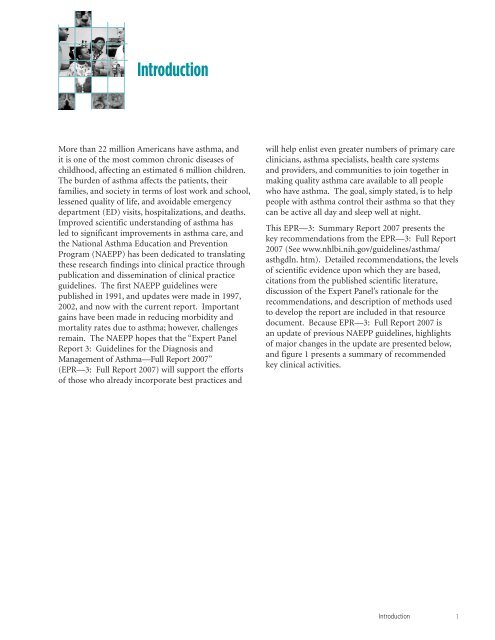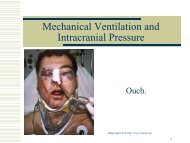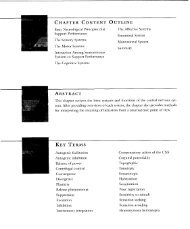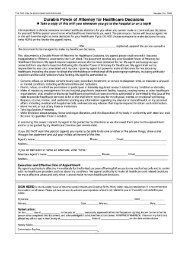Guidelines for the Diagnosis and Management of Asthma
Guidelines for the Diagnosis and Management of Asthma
Guidelines for the Diagnosis and Management of Asthma
Create successful ePaper yourself
Turn your PDF publications into a flip-book with our unique Google optimized e-Paper software.
Introduction<br />
More than 22 million Americans have asthma, <strong>and</strong><br />
it is one <strong>of</strong> <strong>the</strong> most common chronic diseases <strong>of</strong><br />
childhood, affecting an estimated 6 million children.<br />
The burden <strong>of</strong> asthma affects <strong>the</strong> patients, <strong>the</strong>ir<br />
families, <strong>and</strong> society in terms <strong>of</strong> lost work <strong>and</strong> school,<br />
lessened quality <strong>of</strong> life, <strong>and</strong> avoidable emergency<br />
department (ED) visits, hospitalizations, <strong>and</strong> deaths.<br />
Improved scientific underst<strong>and</strong>ing <strong>of</strong> asthma has<br />
led to significant improvements in asthma care, <strong>and</strong><br />
<strong>the</strong> National <strong>Asthma</strong> Education <strong>and</strong> Prevention<br />
Program (NAEPP) has been dedicated to translating<br />
<strong>the</strong>se research findings into clinical practice through<br />
publication <strong>and</strong> dissemination <strong>of</strong> clinical practice<br />
guidelines. The first NAEPP guidelines were<br />
published in 1991, <strong>and</strong> updates were made in 1997,<br />
2002, <strong>and</strong> now with <strong>the</strong> current report. Important<br />
gains have been made in reducing morbidity <strong>and</strong><br />
mortality rates due to asthma; however, challenges<br />
remain. The NAEPP hopes that <strong>the</strong> “Expert Panel<br />
Report 3: <strong>Guidelines</strong> <strong>for</strong> <strong>the</strong> <strong>Diagnosis</strong> <strong>and</strong><br />
<strong>Management</strong> <strong>of</strong> <strong>Asthma</strong>—Full Report 2007”<br />
(EPR—3: Full Report 2007) will support <strong>the</strong> ef<strong>for</strong>ts<br />
<strong>of</strong> those who already incorporate best practices <strong>and</strong><br />
will help enlist even greater numbers <strong>of</strong> primary care<br />
clinicians, asthma specialists, health care systems<br />
<strong>and</strong> providers, <strong>and</strong> communities to join toge<strong>the</strong>r in<br />
making quality asthma care available to all people<br />
who have asthma. The goal, simply stated, is to help<br />
people with asthma control <strong>the</strong>ir asthma so that <strong>the</strong>y<br />
can be active all day <strong>and</strong> sleep well at night.<br />
This EPR—3: Summary Report 2007 presents <strong>the</strong><br />
key recommendations from <strong>the</strong> EPR—3: Full Report<br />
2007 (See www.nhlbi.nih.gov/guidelines/asthma/<br />
asthgdln. htm). Detailed recommendations, <strong>the</strong> levels<br />
<strong>of</strong> scientific evidence upon which <strong>the</strong>y are based,<br />
citations from <strong>the</strong> published scientific literature,<br />
discussion <strong>of</strong> <strong>the</strong> Expert Panel’s rationale <strong>for</strong> <strong>the</strong><br />
recommendations, <strong>and</strong> description <strong>of</strong> methods used<br />
to develop <strong>the</strong> report are included in that resource<br />
document. Because EPR—3: Full Report 2007 is<br />
an update <strong>of</strong> previous NAEPP guidelines, highlights<br />
<strong>of</strong> major changes in <strong>the</strong> update are presented below,<br />
<strong>and</strong> figure 1 presents a summary <strong>of</strong> recommended<br />
key clinical activities.<br />
Introduction<br />
1





